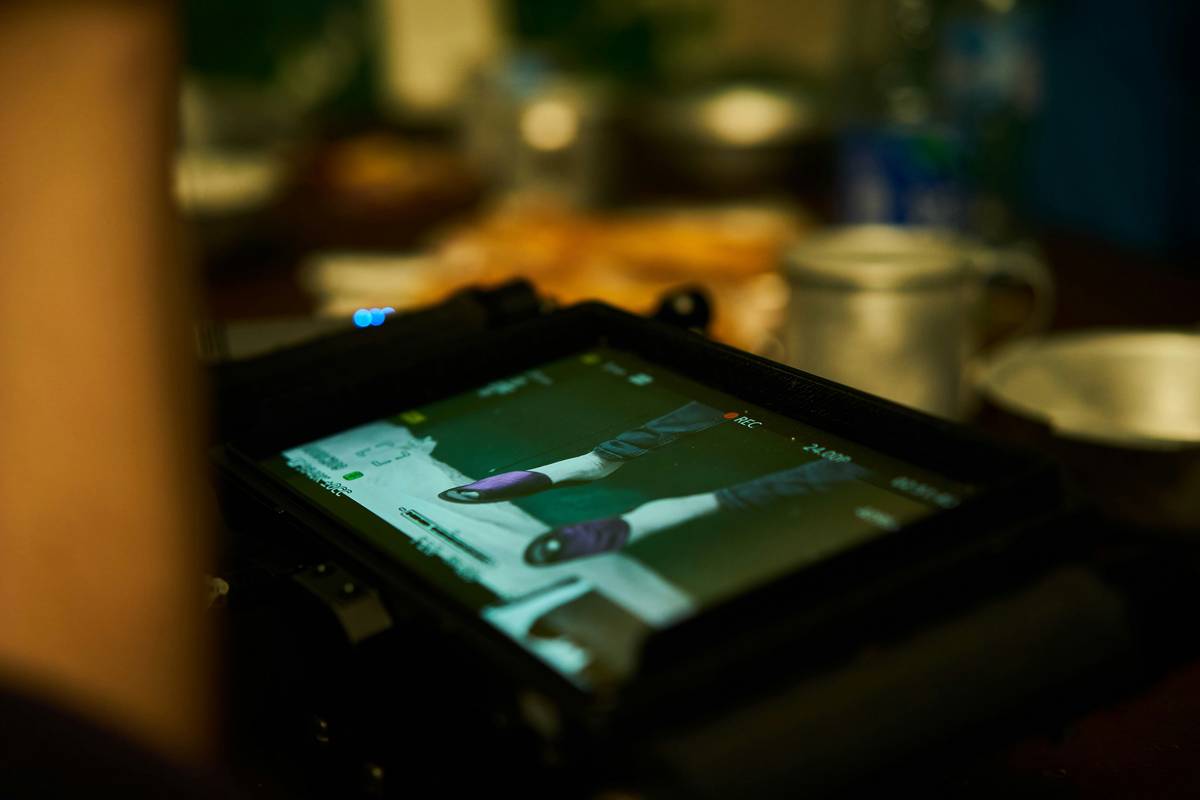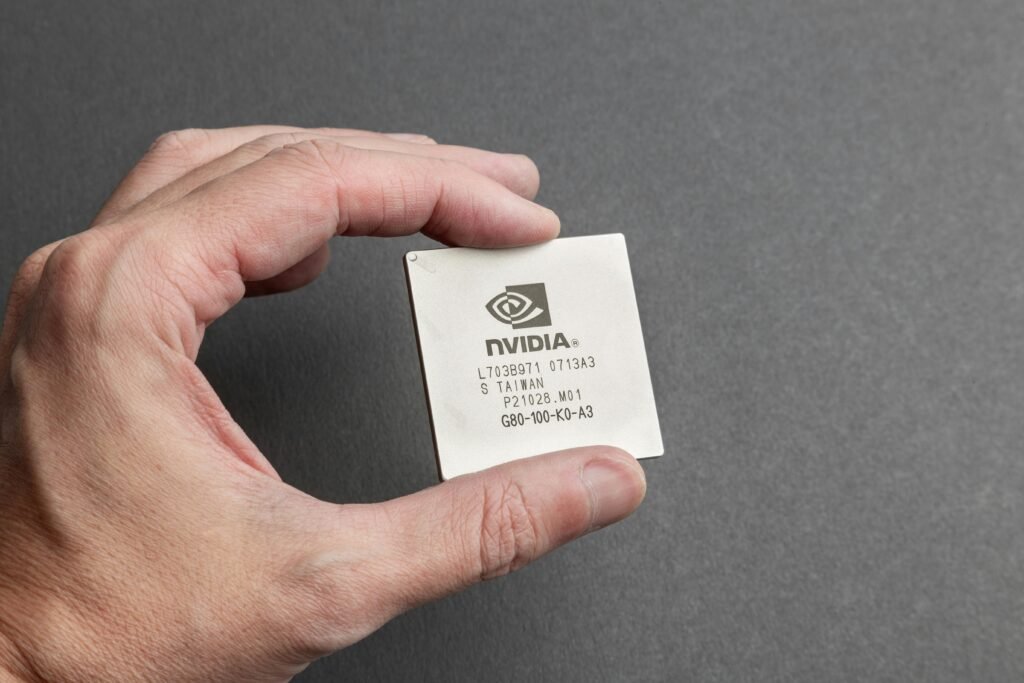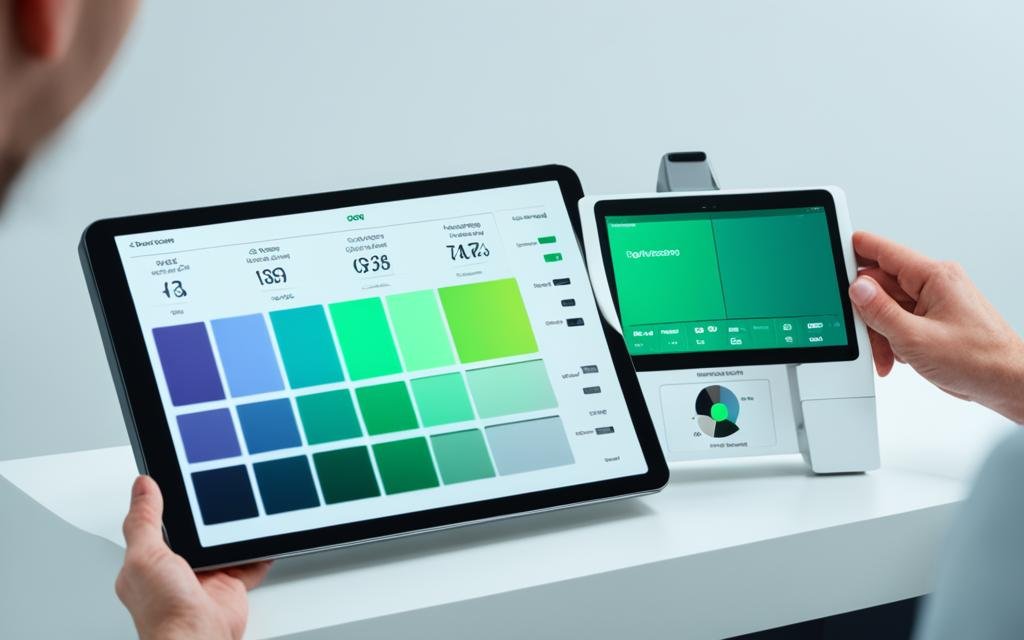Ever tried to pull off a flawless headshot in your favorite FPS game, only for your tablet’s screen delay to make you miss? Yeah, us too. It feels like shouting into the void while your opponent dances around with zero lag on their end.
If you’re here, it’s because you’ve had enough of this nonsense and want answers—and solutions. In this post, we’ll dive deep into why low latency displays matter so much for gaming tablets, how they work, and what you can do to upgrade your setup. Spoiler alert: This isn’t just tech jargon; it’s your ticket to winning more rounds.
Table of Contents
- Why Do Low Latency Displays Matter?
- Step-by-Step Guide to Choosing the Right Tablet
- Low Latency Display Tips & Best Practices
- Case Study: The Difference Low Latency Makes
- Frequently Asked Questions About Low Latency Displays
Key Takeaways
- Low latency displays reduce input lag, making gameplay smoother and more responsive.
- The ideal refresh rate for gaming tablets is at least 120Hz.
- Top brands offering low latency displays include Apple iPad Pro and Samsung Galaxy Tab S series.
- Poor display settings can ruin even the best hardware—optimize them!
Why Do Low Latency Displays Matter?
I once spent an entire weekend tweaking my gaming rig only to discover that the real culprit behind my subpar performance was…my own tablet display. Talk about facepalming harder than losing a round due to lag spikes. If you’ve ever felt like your touchscreen inputs are “off,” trust me—it’s not all in your head.
Here’s the deal: High input latency means the time between when you tap the screen and when action happens lags. Even milliseconds count when every second matters (looking at you, mobile gamers). With low latency displays, response times shrink dramatically—from over 50ms down to as little as 10ms or less.
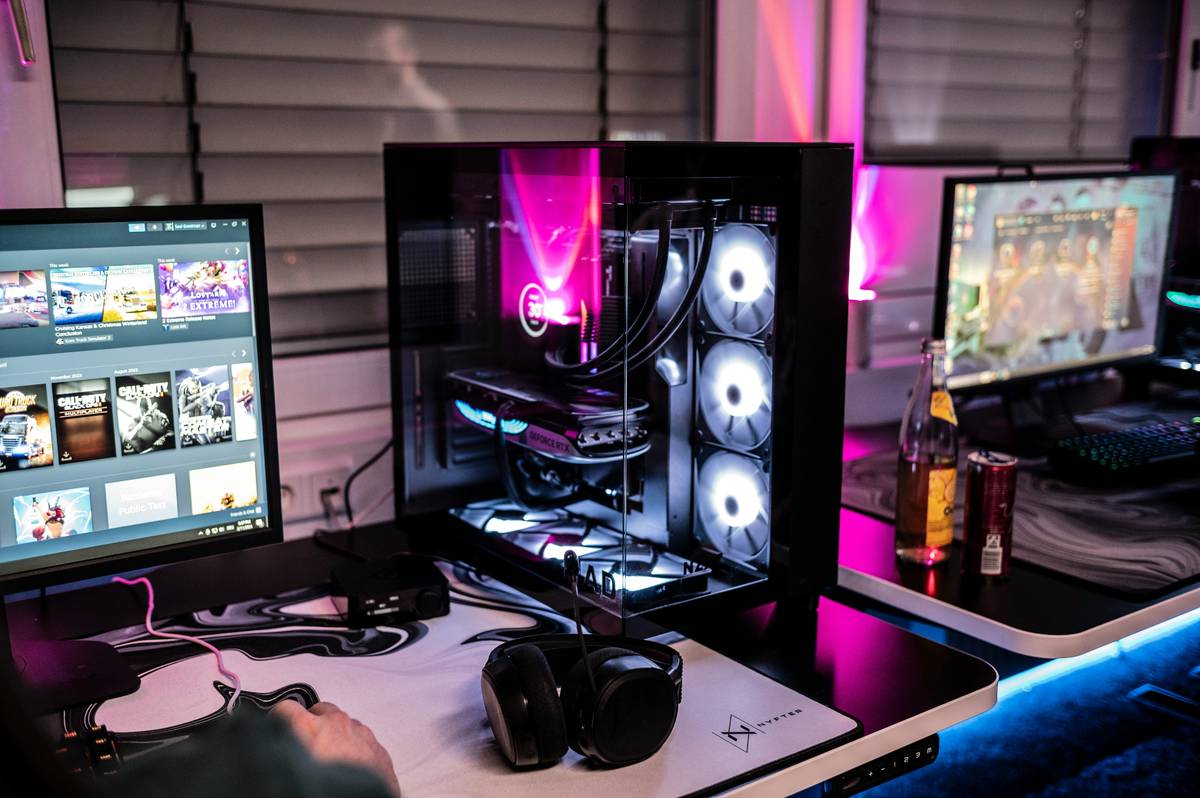
“Optimist You: ‘This sounds amazing. Let’s go shopping!’
Grumpy You: *Ugh, fine—but let’s not overspend.*”
Without further ado, let’s break down exactly how these magical screens operate and why they’re worth your attention.
Step-by-Step Guide to Choosing the Right Tablet
Step 1: Identify Your Needs
Not all gamers need ultra-low latency. Are you crushing casual puzzle games, or are you aiming for pro-level reflexes in fast-paced shooters? Define your use case first before jumping into specs.
Step 2: Look for Key Specs
The holy trinity for killer low-latency gaming tablets includes:
- A high refresh rate (at least 120Hz).
- Fast touch sampling rates (preferably 240Hz).
- An IPS panel or OLED technology for better color accuracy and speed.
Step 3: Test Drive Before Buying
If possible, visit a store and physically test any potential tablet. Try loading up a demanding game like Call of Duty Mobile or Genshin Impact and see how responsive it feels. Trust your instincts—sometimes numbers don’t tell the whole story.
Low Latency Display Tips & Best Practices
- Enable High Refresh Rates: Most modern tablets allow you to toggle refresh rates manually. Keep yours cranked up whenever gaming.
- Disable Unnecessary Background Apps: These hog resources and increase processing delays.
- Adjust Brightness Wisely: Lower brightness reduces strain on the GPU but keep it high enough to avoid squinting mid-game.
- Use Game Mode: Many tablets feature built-in optimization modes for gaming. Flip this switch before playing.
Warning: Don’t fall for gimmicks claiming “zero latency” without proof. Realistically, no device achieves absolute zero—you’re looking for improvements measurable in milliseconds.
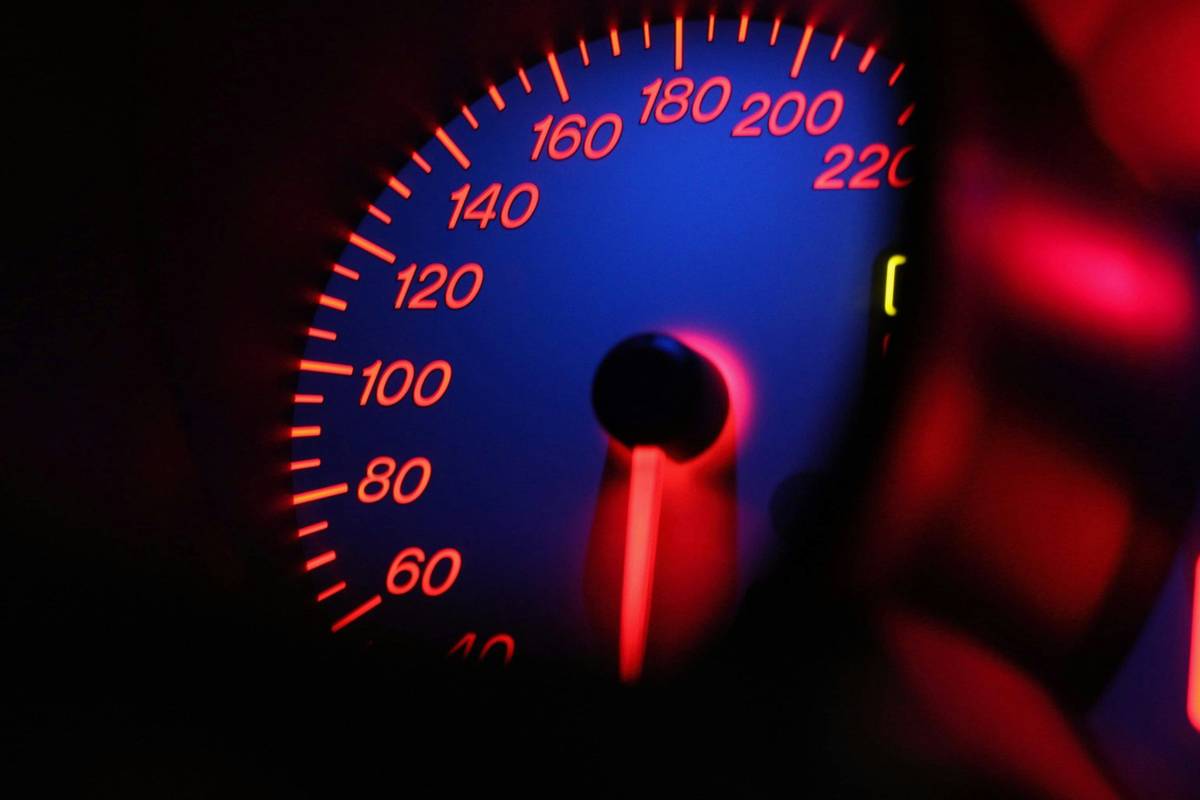
Case Study: The Difference Low Latency Makes
Meet Alex—a semi-pro gamer who swears by his Samsung Galaxy Tab S8 Ultra. Initially skeptical about spending big bucks on a “gaming” tablet, Alex noticed immediate differences after upgrading from his older model. His reaction times improved drastically, shaving precious seconds off crucial moves during competitive matches.
Data backed him up too. Before switching, his average K/D ratio hovered at 0.8. Post-switch? He skyrocketed to a consistent 1.5. Coincidence? Doubtful.
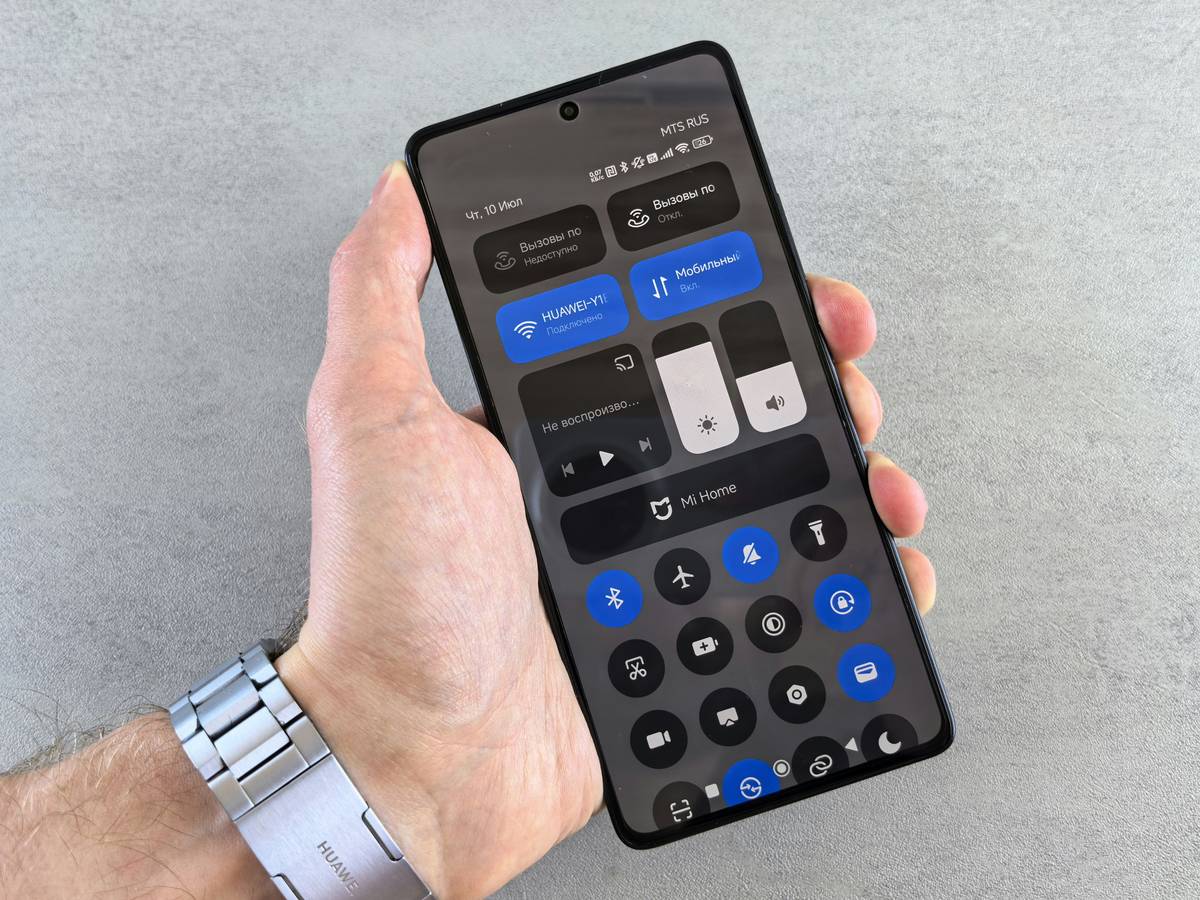
Frequently Asked Questions About Low Latency Displays
What does ‘low latency’ mean?
Low latency refers to minimal delay between user input and visual feedback onscreen. For gaming, lower latencies translate to quicker responses and smoother interactions.
Does brand matter for low-latency displays?
Absolutely. Brands like Apple (iPad Pro), Samsung (Galaxy Tab S series), and Microsoft (Surface Pro) lead the pack with advanced technologies designed specifically for reduced latency.
Can software tweaks improve latency?
Yes, enabling features like adaptive sync or adjusting refresh rates can help minimize perceived delays. However, optimal results depend heavily on the underlying hardware quality.
Conclusion
To wrap things up, mastering the art of choosing and optimizing low latency displays could be the secret sauce separating casual fun from competitive dominance. Remember, it’s not just about buying shiny new gear—it’s also about setting everything up right.
So whether you’re battling baddies in Fortnite or strategizing in Clash Royale, invest wisely in tech that keeps pace with your skills. And hey, maybe next time you won’t get wrecked because of laggy garbage hardware.
Like leveling up in Diablo II, your SEO game needs constant care. Until next time…happy gaming!
*Bonus haiku:*
Touch meets light, no wait
Milliseconds fly unseen
Victory awaits.*
